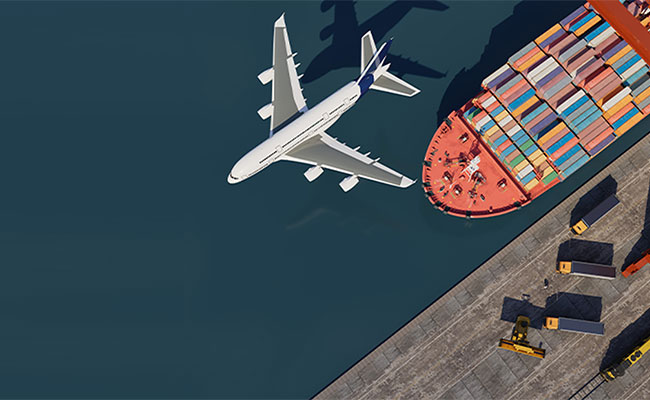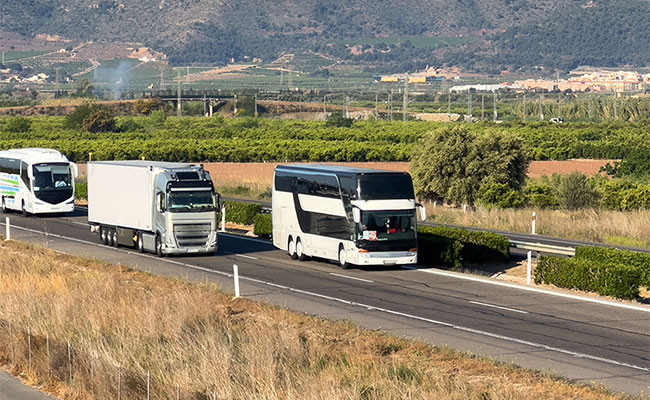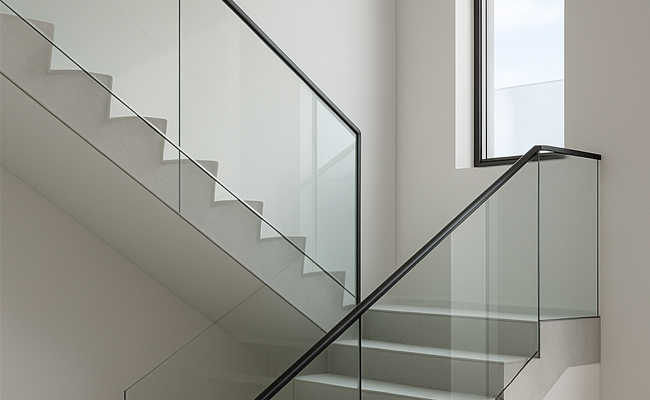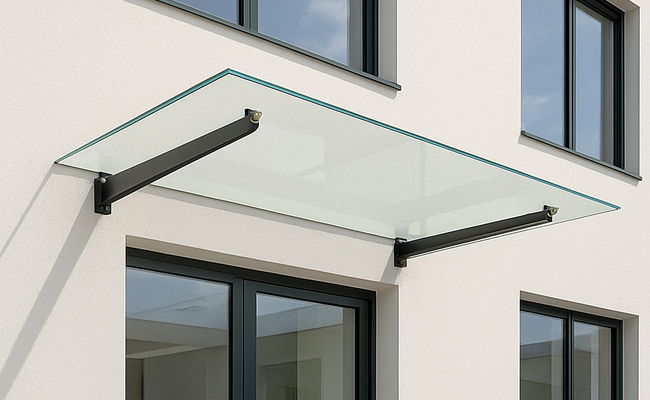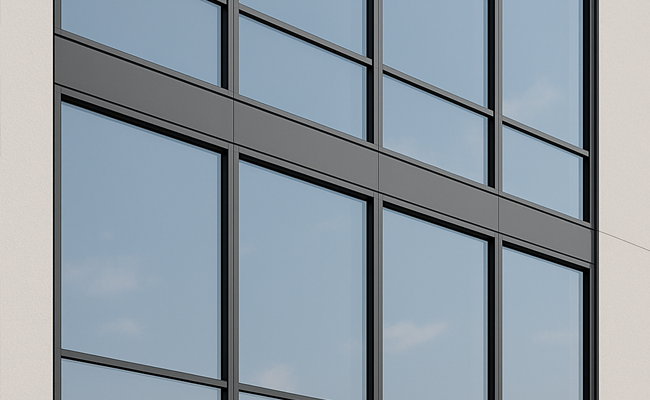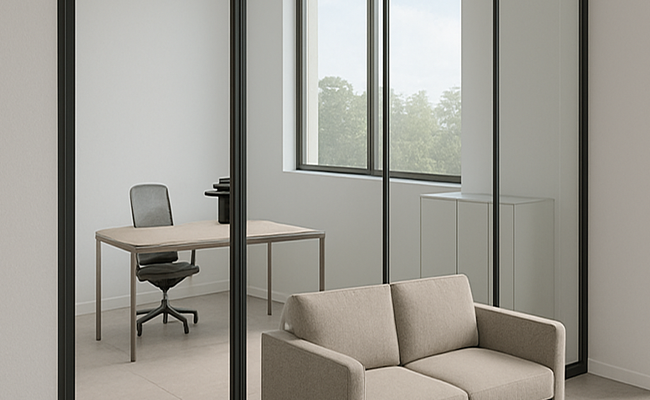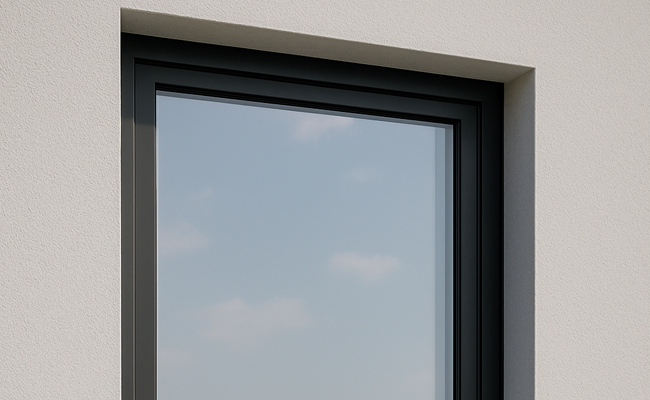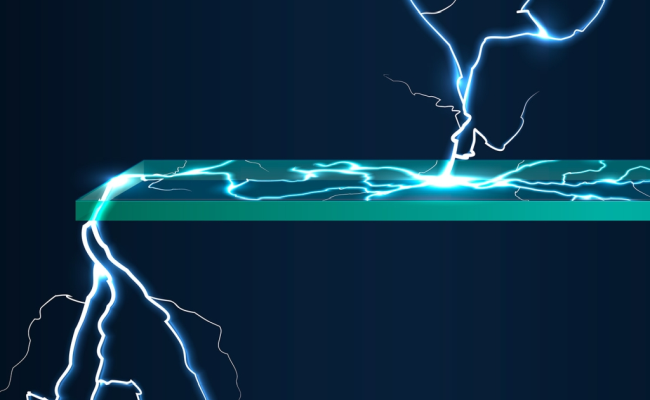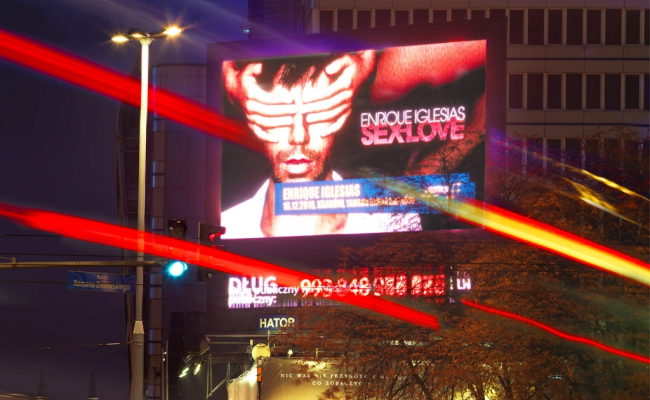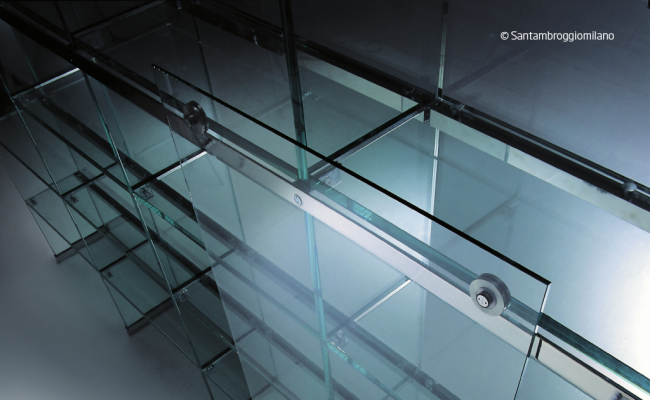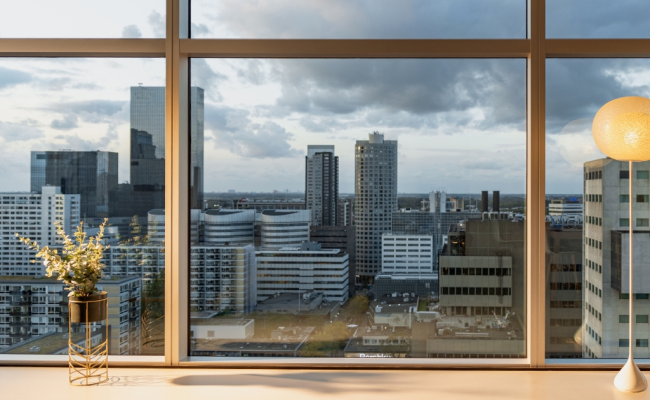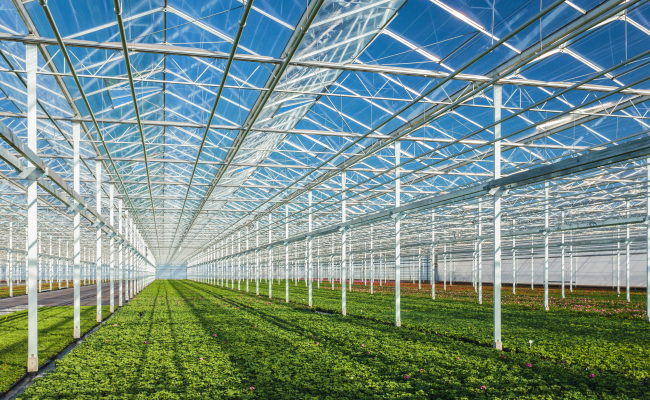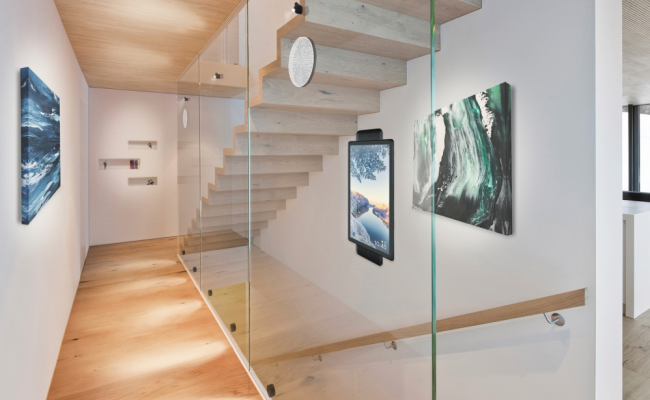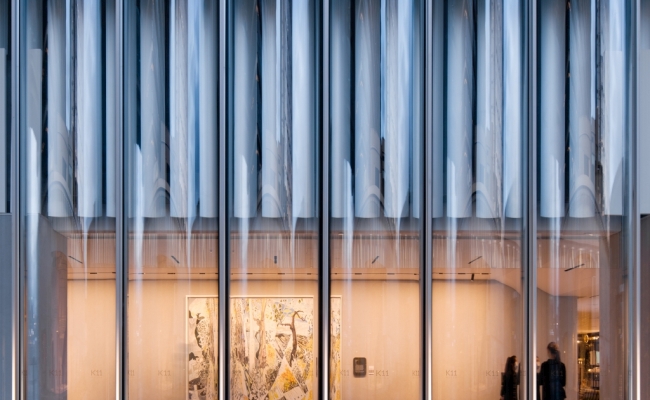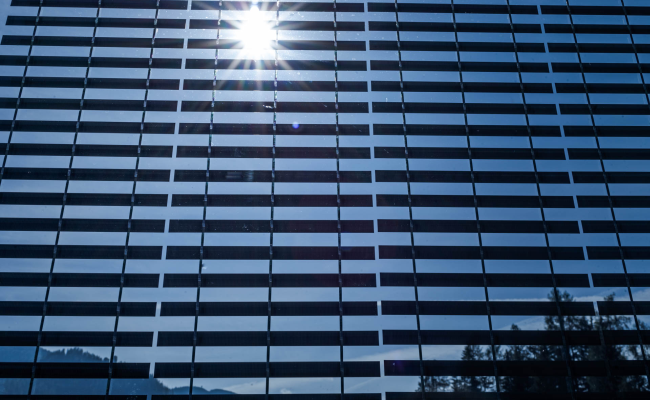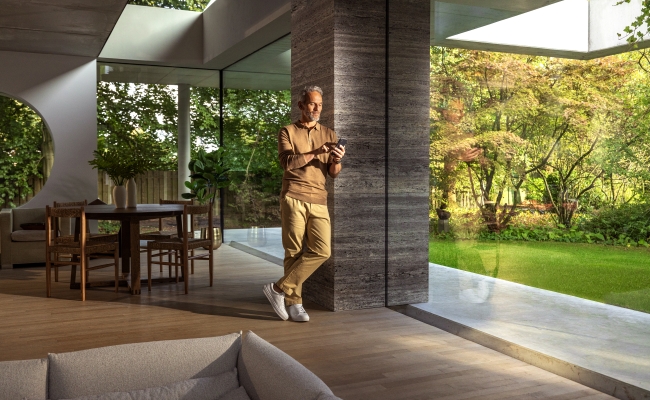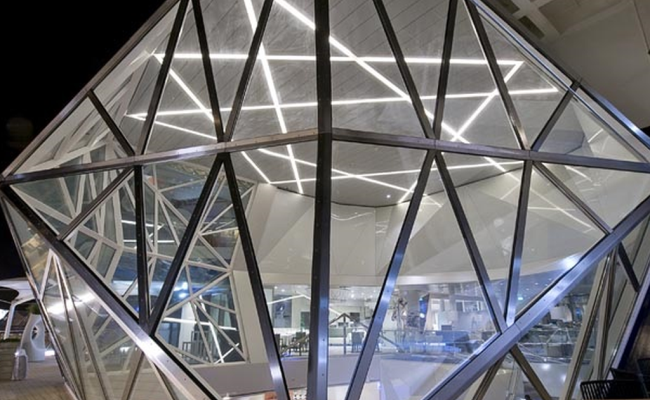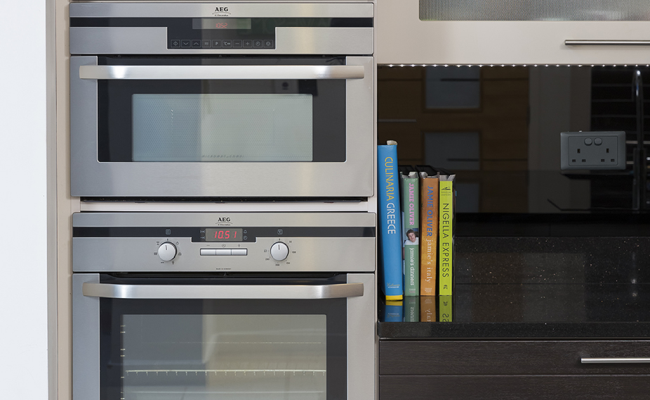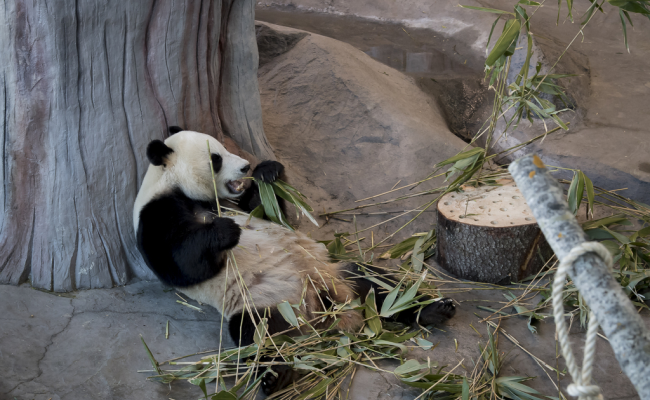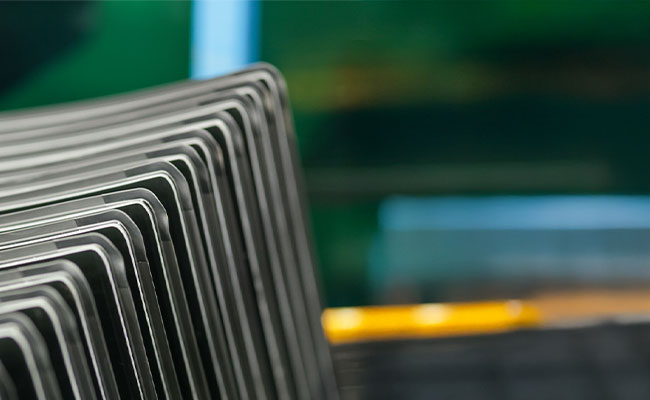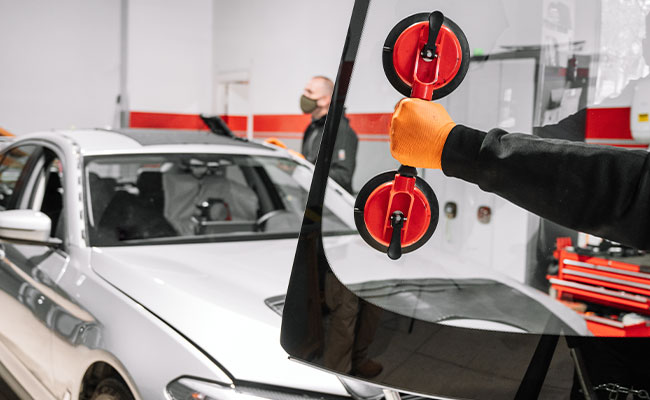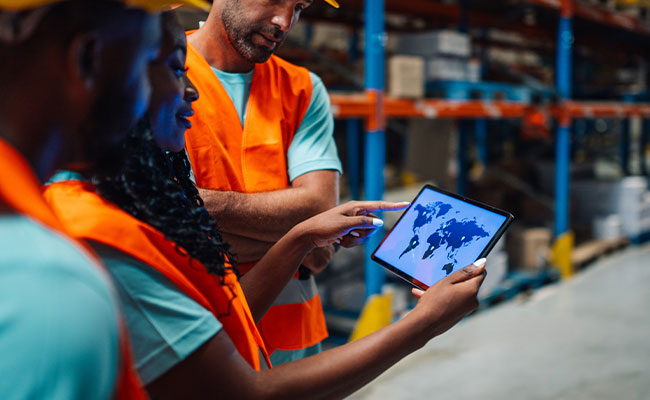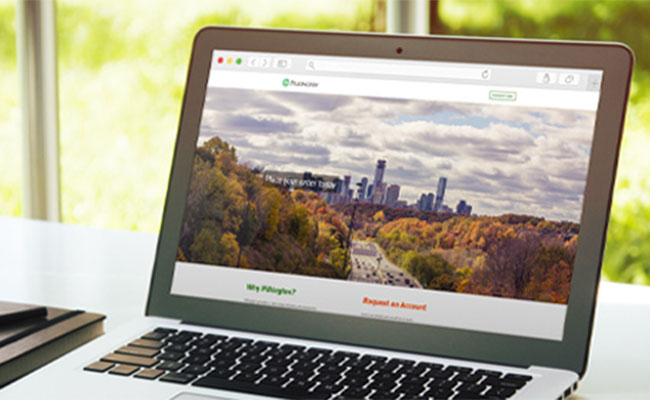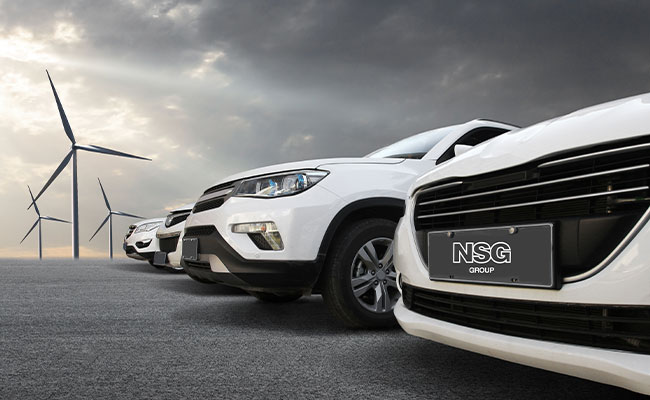Zoos and Aquariums
Today animal welfare is a particularly important issue at zoos. Animals should be kept in environments which come as close as possible to their natural habitats. Our glass products can help ensure that animals are kept in appropriate living conditions while also offering visitors the unique experience of coming face to face with wild animals.
Designing for zoos and aquariums presents unique challenges – environments must be safe and secure for animals, immersive and educational for visitors, and resilient against the demands of outdoor exposure, moisture, and heavy public use. The choice of architectural glass plays a central role in meeting these goals.
Recommended Glass Products
Laminated Safety Glass
Purpose: Provides high impact resistance and retains fragments if broken, ensuring safety for animals and visitors.
Application: Barriers for large mammals, primates, or high-impact enclosures; underwater viewing panels in aquariums.
Benefit: Allows unobstructed views while meeting strict safety standards.
Toughened Safety Glass
Purpose: Strengthened through controlled thermal processing to resist knocks and scratches.
Application: High-traffic viewing areas, reptile houses, aviaries.
Benefit: Increased durability, reduced risk of breakage, and when broken, shatters into blunt-edged pieces for safety.
Low-Iron Glass
Purpose: Removes the greenish tint found in standard float glass for crystal-clear viewing.
Application: Aquatic tanks, butterfly houses, reptile displays, premium zoo exhibits.
Benefit: Provides true-to-life colours and maximum clarity for both animals and visitors.
Recommended Glass Products
Anti-Reflective Glass
Purpose: Minimises glare and reflections, particularly important where photography and animal welfare are priorities.
Application: Nocturnal houses, aquarium tunnels, bird enclosures.
Benefit: Enhances visibility, reduces stress for animals that may be disturbed by reflections.
Anticorrosive Glass
Purpose: Specially engineered to resist corrosion from constant humidity, saltwater, and cleaning chemicals.
Application: Large marine tanks, tropical rainforest enclosures, splash zones, and high-humidity indoor exhibits.
Benefit: Extends lifespan of glazing, reduces maintenance, and preserves optical clarity in challenging environments.
UV-Filtering Glass
Purpose: Protects sensitive species from harmful ultraviolet rays.
Application: Butterfly and insect houses, amphibian displays.
Benefit: Supports animal health while maintaining natural light quality.
Design & Functional Benefits
Immersive Experiences: Large-format, low-iron, and curved glass panels can make visitors feel as though they are “inside” the habitat.
Animal Welfare: Anti-reflective and UV-filtering technologies create calmer environments and protect animal health.
Durability & Safety: Laminated and toughened glass ensure enclosures are secure, even in high-contact situations.
Climate & Moisture Resistance: Specialist coatings can prevent fogging, resist saltwater corrosion, and improve longevity in humid or marine-like environments.
Design Flexibility: Modern glazing systems support frameless installations, sweeping curves, and seamless joins for unobstructed viewing.
In zoos and aquariums, the right glass specification does more than create a viewing window — it’s a structural, aesthetic, and welfare-critical element. By combining safety, clarity, and durability, specialist glazing helps deliver exhibits that captivate audiences while safeguarding the wellbeing of animals.
